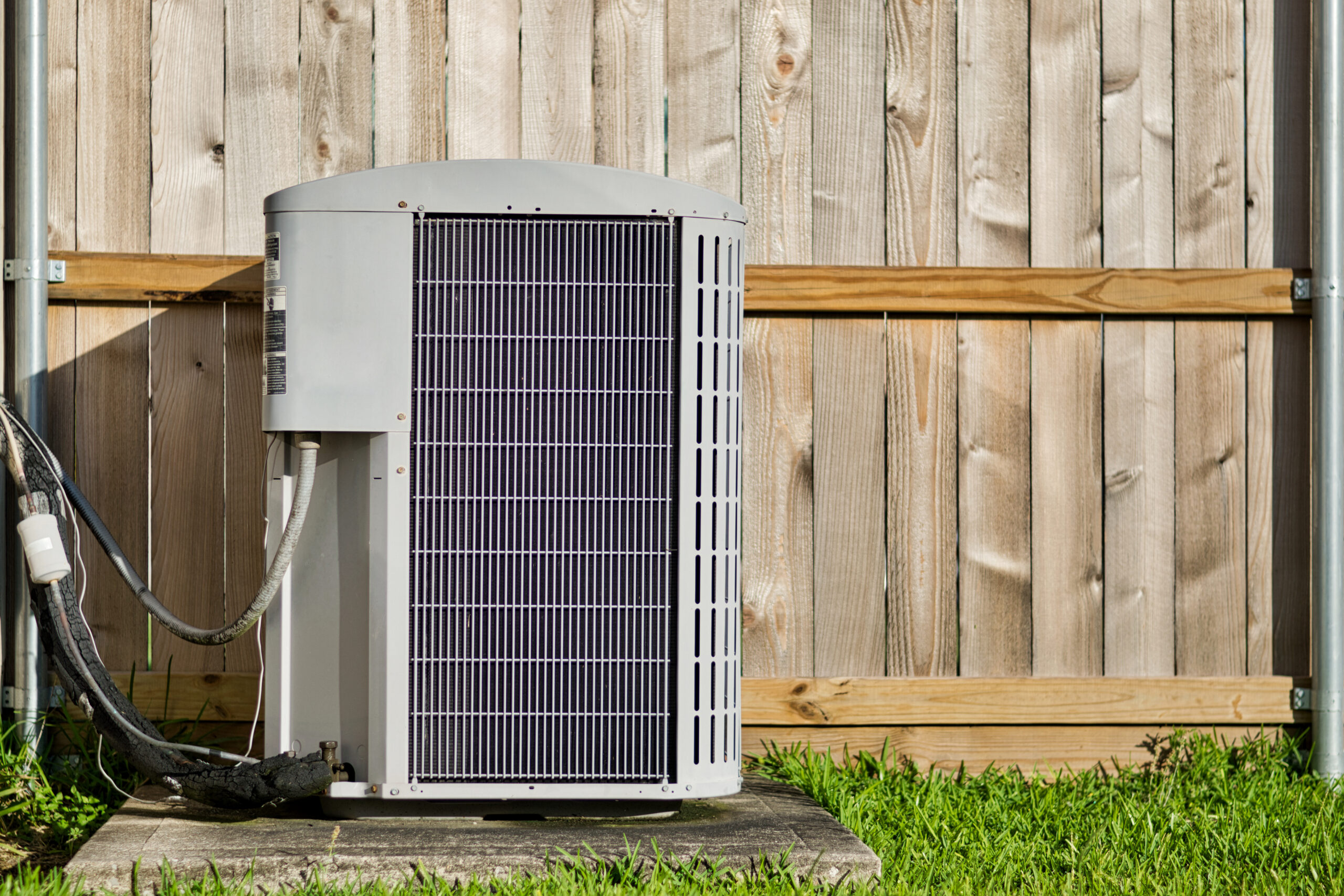What's the Best Kind of Furnace Filter?
A furnace filter’s main job is to keep dirt and debris out of your furnace, where it can damage moving parts and shorten the lifespan of the unit. Their second function is to filter the air circulating throughout your home to reduce dust and allergens that can be harmful to your health.
There are many filter designs available. Basic filters remove larger, heavier particles from the air but allow smaller dirt particles to pass through. Large particles include lint, pollen, and mold spores. Medium particles include dust and animal dander. The smallest particles include smoke and smog that can be under 0.3 microns. By comparison, a human hair ranges from 3 to 200 microns.
The American Society of Heating, Refrigeration, and Air Conditioning Engineers has devised a rating system for filters. They use numerical values ranging from 1 to 12, with the higher number capturing more of the dust.
lungs Furnace filters remove particles from the air that can affect the lungs.
Manufacturers often use uses the Filter Performance Rating (FPR), which is based on the ability of the filter to capture particles from 0.3 to 1.0 microns. These sub-micron particles are most likely to be inhaled, where they can cause problems in the lungs. This rates filters in a range from 300 to 1600.
Types Of Furnace Air Filters
- Fiberglass or cellulose pad – usually held in a cardboard frame capable of protecting the equipment; catches most of the larger dust particles which tend to block the heating and cooling coils; low cost but least effective in removing small particles.
- Washable/reusable filter – uses a flat plastic or metal foil pad; can be washed with a hose and reinstalled; some can be sprayed with a tacky coating material to increase their ability to catch small particles; should be washed monthly; may last 3 to 5 years.
- Pleated polyester filter – provides more filtering capacity than a flat filter; many are made with electrostatically charged fibers that attract small particles; lasts up to 3 months.
- Deep-pleated, high-efficiency air filter – about the same size as the ordinary filter but 4 to 6 inches thick; do not fit in standard filter holders and require a special box in the duct system; electrostatically charged fibers can be used in the filtering media.
- Electronic filter – about the same size as the box for a deep-pleated filter; requires electricity to operate; air is directed through a high-voltage grid which applies a positive charge on particles in the air stream; particles are attracted to a negatively charged element; should be washed monthly; removes small smoke particles; high initial cost and maintenance are disadvantages as is the cost of repair if the power unit fails.
How effective are furnace filters at cleaning the air?
The effectiveness of various filter types in removing sub-micron particles is:
- Fiberglass up to 2%
- Washable/reusable up to 6%
- Thin pleated up to 11%
- Deep pleated up to 25%
- Pleated electrostatic up to 49%
- Electronic up to 94%
House pets are one factor that affects the lifespan of a furnace filter. Air filters capture many of the allergens that aggravate allergy and asthma symptoms. Pollen, molds, and dust are common in any household and can be reduced by using a furnace filter. The filter will also keep your heating or air conditioning system coils cleaner, which can save up to 15 percent on your energy bills.









